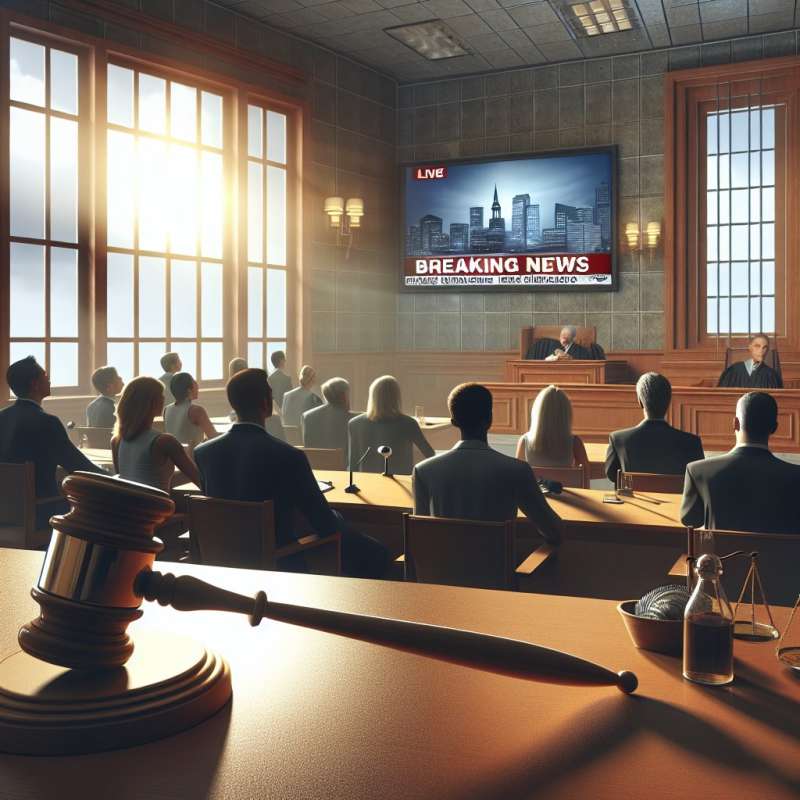
Ideology and State Apparatus
Althusser distinguished between Repressive State Apparatuses (RSAs) and Ideological State Apparatuses (ISAs). RSAs include government, police, and military, enforcing power through force. ISAs, like media, use ideology for subtle control and influence.
Media as an ISA
Media functions as an ISA by disseminating dominant ideologies, shaping public opinion and normalizing societal structures. It reinforces ruling class hegemony, subtly influencing behaviors and beliefs without evident coercion.
RSAs and ISAs Interconnection
RSAs and ISAs are not siloed; they interconnect. For instance, legal systems (an RSA) can influence media regulation, while media (an ISA) can sway public perceptions of justice and authority.
Media's Ideological Mechanisms
Media utilizes tools like framing, agenda-setting, and gatekeeping to direct attention and shape discourse. This manufacturing of consent normalizes the status quo and marginalizes dissenting voices.
Digital Media's Rising Influence
With the rise of digital media, traditional boundaries blur. Platforms like social media amplify personal ideologies alongside mass media, reshaping the landscape of ideological apparatuses.
Counter-Hegemonic Media
Independent and alternative media challenge dominant ideologies, offering platforms for counter-hegemonic discourse. They demonstrate media's potential to disrupt existing power structures.
Media Literacy Importance
Critical media literacy empowers individuals to decode media messages, recognize ideological constructs, and resist manipulation. It's a crucial skill in an era where media pervades every aspect of life.
What do RSAs enforce power through?
Ideological control
Subtle influence
Force
Company